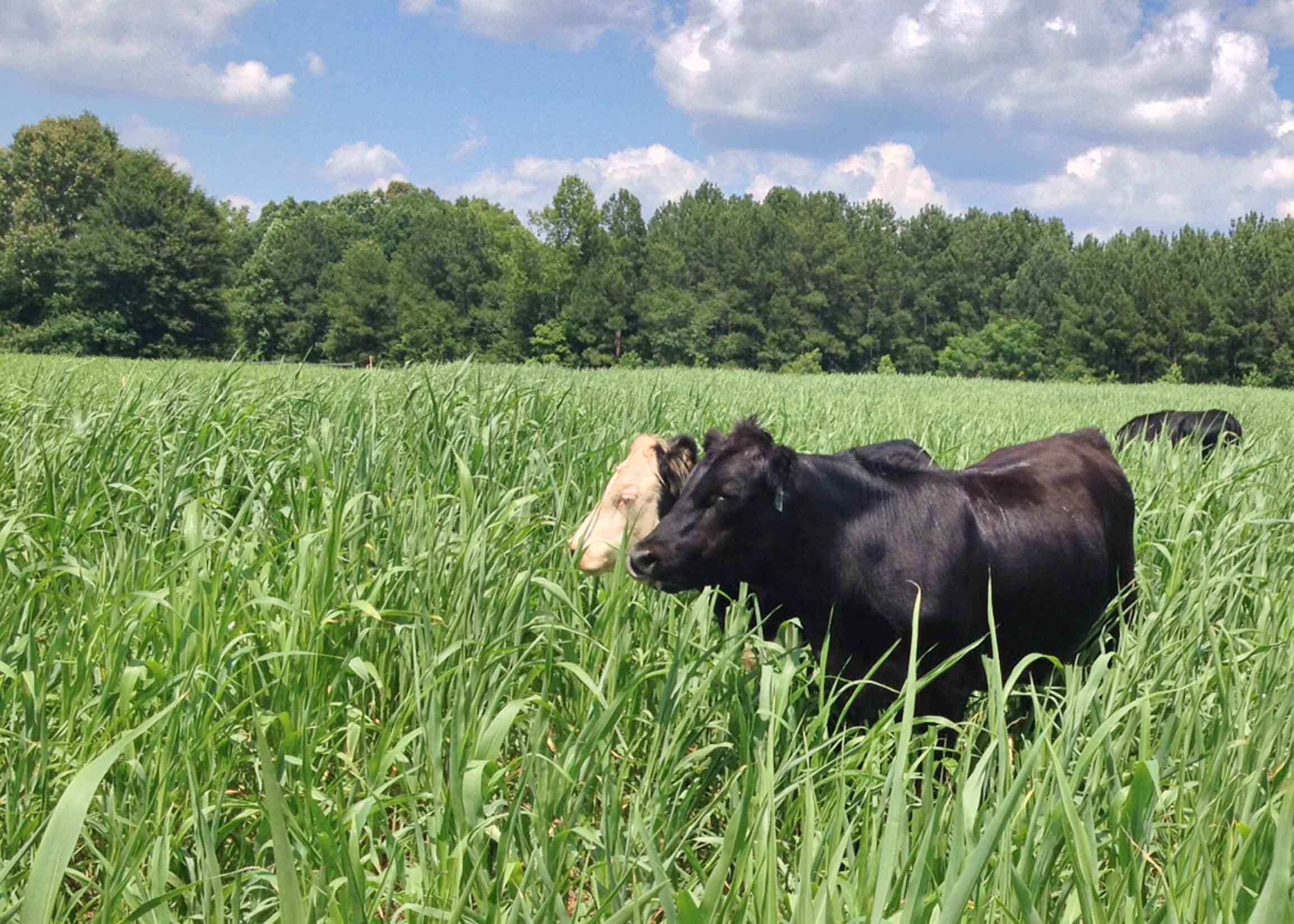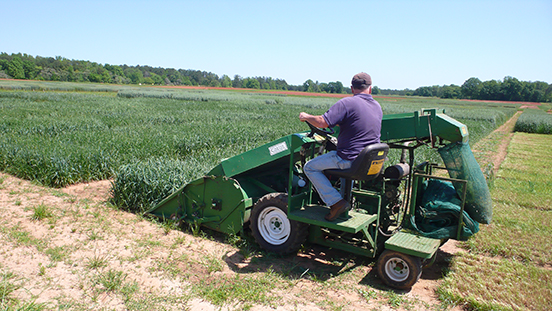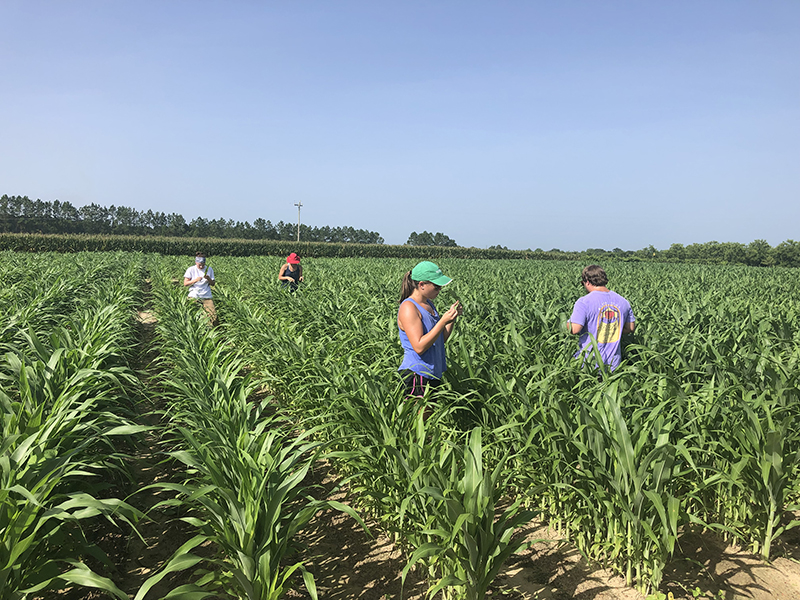 CAES News
CAES News
Sugarcane Aphids
A team of agricultural scientists across the Southeast are using a $1.8 million U.S. Department of Agriculture (USDA) Agricultural Research Service (ARS) grant to study the impact of aphids in sorghum crops.

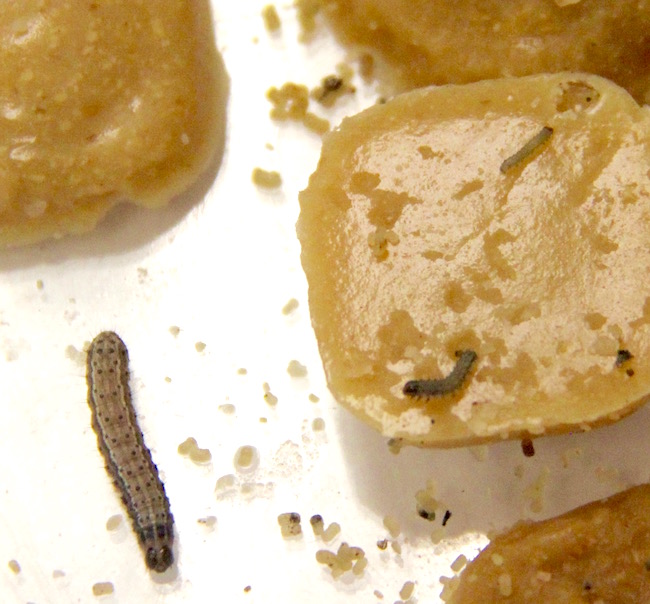
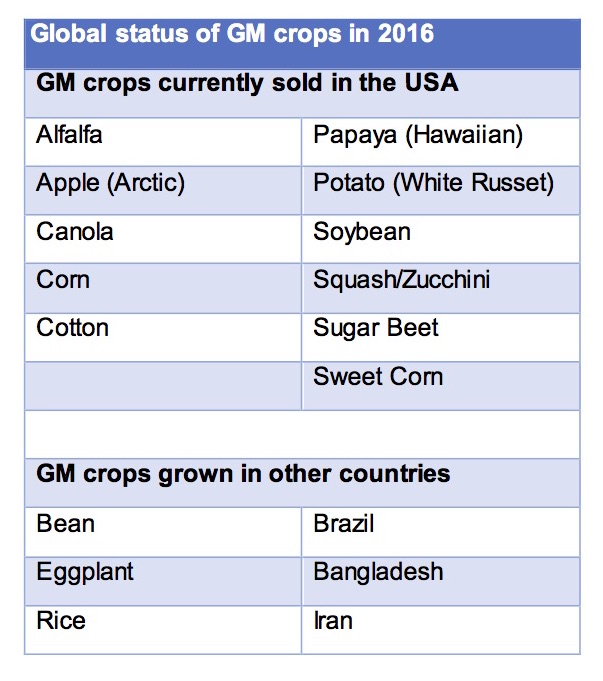
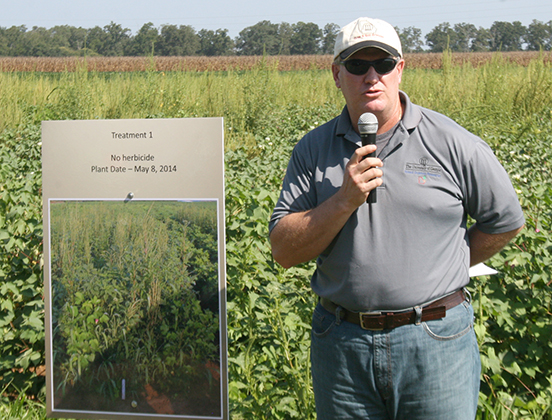
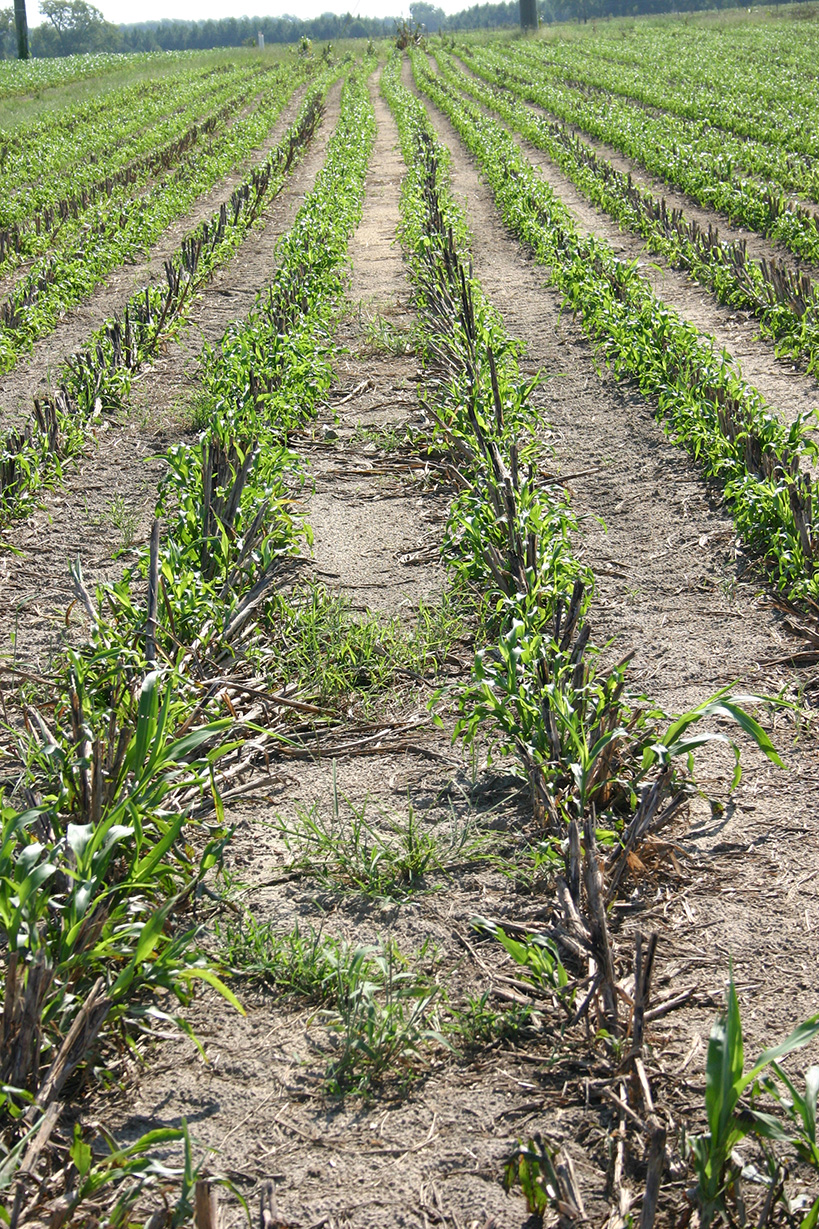
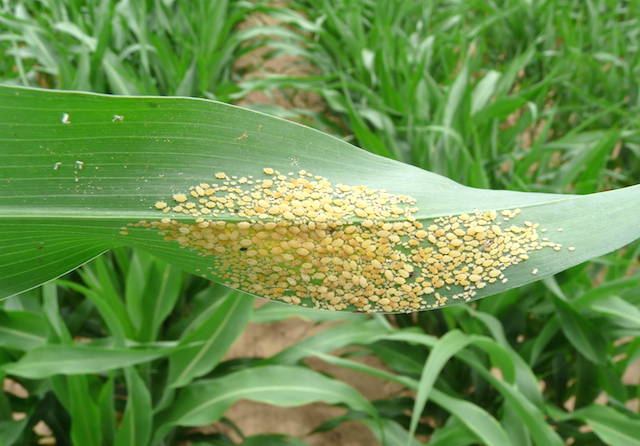
.jpg)
